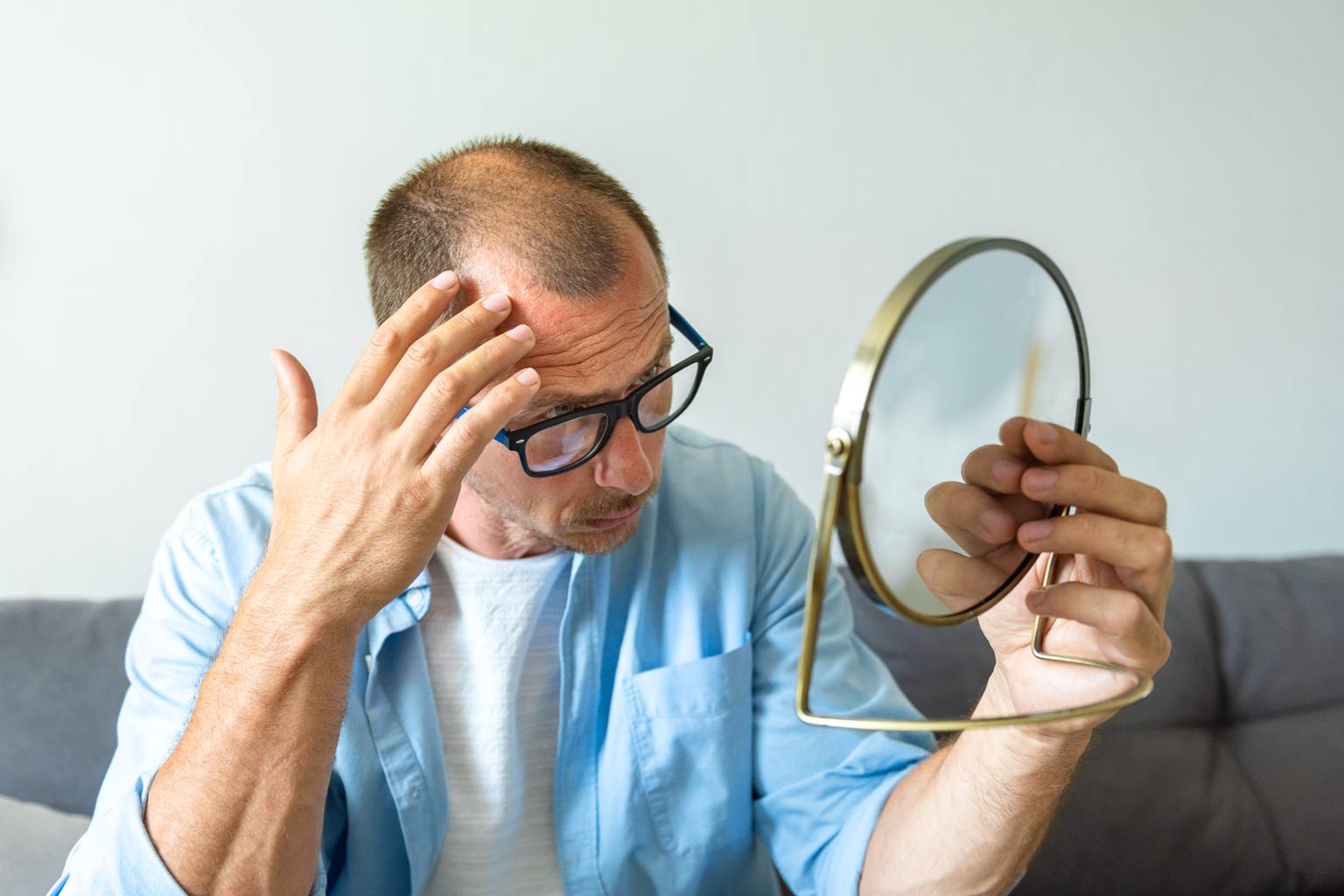A surprising discovery in a university lab is turning heads in the world of hair loss treatment. Imagine a simple gel, made from a type of sugar found in our very DNA, sparking the regrowth of lost hair. This breakthrough may offer a natural, effective alternative to existing options, giving fresh hope to millions battling androgenetic alopecia, commonly known as male-pattern baldness.
Revolutionary sugar-based gel sparks hair regrowth
The curious story began when scientists from the University of Sheffield and Comsats University in Pakistan noticed something unexpected. As they applied a gel containing deoxyribose, a sugar integral to human DNA, to mice recovering from wounds, they observed the fur nearby regrowing faster and thicker than usual. This serendipitous finding prompted the researchers to investigate this sugar’s potential to stimulate hair growth.
This gel is biodegradable, non-toxic, and easy to apply topically. In controlled tests, male mice with testosterone-induced hair loss received daily gel treatments. Within just a few weeks, the hair in treated areas grew back long, thick, and healthy. For a condition that affects nearly 40% of the global population, this discovery could truly be life-changing.
Comparing the sugar gel to popular hair loss treatments
One natural question: how does this gel stack up against well-known treatments like minoxidil, sold under brand names like Rogaine? The study, recently published in Frontiers in Pharmacology, showed the sugar gel encouraged hair regrowth nearly as well as minoxidil—a remarkable 80% to 90% regrowth rate. Interestingly, combining the gel with minoxidil did not produce much better results.
This gel carries several clear advantages. It is derived from a natural, biodegradable source and so far shows no known side effects. Unlike finasteride (Propecia), another common treatment that can cause unwanted effects such as decreased libido and depression, this sugar gel promises a gentler approach.
Researchers saw an increase in blood vessels and skin cells in treated areas. Better blood flow means the hair follicles can grow stronger and thicker hair. While the exact biological mechanisms are still under examination, this gel’s potential is undeniable.
Exploring future uses and personal reflections on treatment options
As someone who’s watched family members struggle with hair loss treatments that sometimes felt like a gamble, this discovery feels refreshing. The thought that a natural substance could offer similar or better results without scary side effects is comforting.
Researchers are hopeful this gel’s positive effects will translate to humans. Beyond male-pattern baldness, it might even help restore eyebrows and eyelashes after chemotherapy. Though initial testing focused on male mice, upcoming studies will explore effectiveness for women suffering from hair loss, too.
Sheila MacNeil, a tissue engineer on the project, wisely notes that while early results are exciting, more research is needed before this becomes a mainstream treatment. Still, this kind of innovation can change how we think about hair loss, offering new ways to regain confidence.
Have you or someone close to you tried hair loss treatments? What are your thoughts on a natural gel made from DNA sugar? Share your experiences or questions below. If you know someone struggling with hair thinning, passing this article along could brighten their day. Your voice matters in this growing conversation!
